Archives
- 2025-11
- 2025-10
- 2025-09
- 2025-03
- 2025-02
- 2025-01
- 2024-12
- 2024-11
- 2024-10
- 2024-09
- 2024-08
- 2024-07
- 2024-06
- 2024-05
- 2024-04
- 2024-03
- 2024-02
- 2024-01
- 2023-12
- 2023-11
- 2023-10
- 2023-09
- 2023-08
- 2023-07
- 2023-06
- 2023-05
- 2023-04
- 2023-03
- 2023-02
- 2023-01
- 2022-12
- 2022-11
- 2022-10
- 2022-09
- 2022-08
- 2022-07
- 2022-06
- 2022-05
- 2022-04
- 2022-03
- 2022-02
- 2022-01
- 2021-12
- 2021-11
- 2021-10
- 2021-09
- 2021-08
- 2021-07
- 2021-06
- 2021-05
- 2021-04
- 2021-03
- 2021-02
- 2021-01
- 2020-12
- 2020-11
- 2020-10
- 2020-09
- 2020-08
- 2020-07
- 2020-06
- 2020-05
- 2020-04
- 2020-03
- 2020-02
- 2020-01
- 2019-12
- 2019-11
- 2019-10
- 2019-09
- 2019-08
- 2019-07
- 2018-07
-
Introduction Plant pathogenic fungi are
2023-10-09
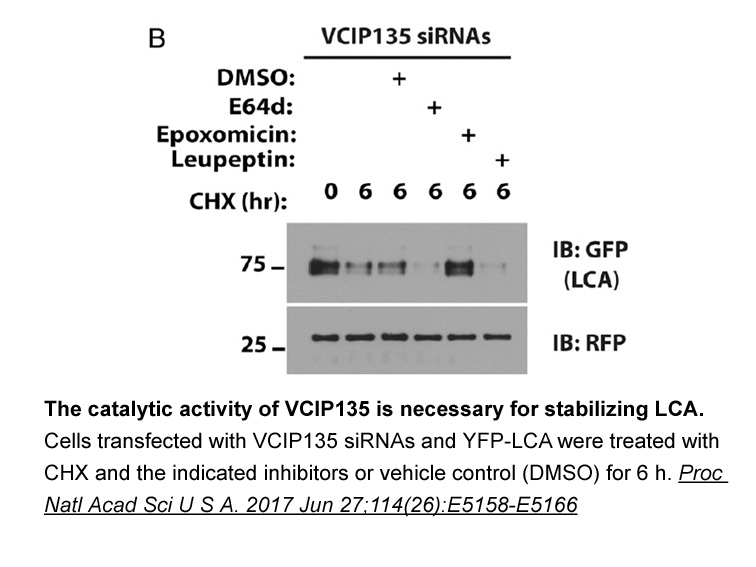
Introduction Plant pathogenic fungi are major pathogens in agricultural diseases and the cause of large crop losses worldwide. There are many kinds of plant pathogenic fungi, with various modes of action. For example, Botrytis cinerea (B. cinerea) is the disease pathogen in the economically importa
-
During the course of angiogenesis the overactivated angiogen
2023-10-09
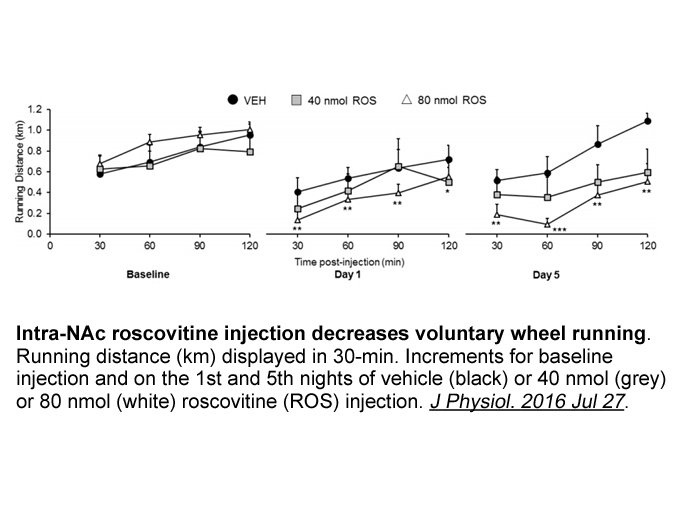
During the course of angiogenesis, the overactivated angiogenic stimulators are responsible for carrying out abnormal proliferation in the retinal microvasculature, resulting in the formation of various immature blood vessels. These newly formed blood vessels become the prime spots for leakage of th
-
Loratadine br Introduction Sustained over activation of neur
2023-10-09

Introduction Sustained over-activation of neurohormonal systems is a hallmark in the pathophysiology of cardiac dysfunction following myocardial infarction (MI) and heart failure (HF). Inhibitors of the renin-angiotensin Loratadine system (RAAS) constitute cornerstones of pharmacotherapy for HF
-
Based on structure activity relationship of several SARM tem
2023-10-09
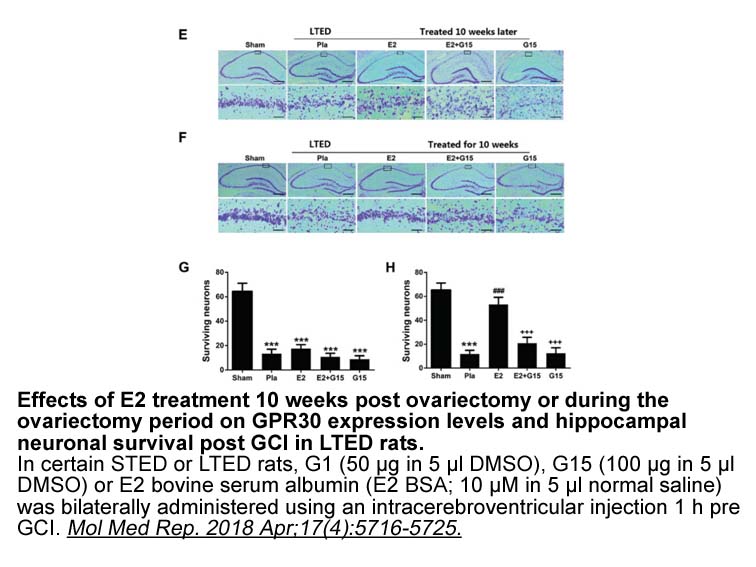
Based on structure activity relationship of several SARM templates, Ligand Pharmaceuticals chose LGD2226 as their first clinical candidate (Miner et al., 2007). Although LGD2226 demonstrated myo- and osteo-anabolic activity and maintenance of sexual function in various preclinical models, the develo
-
Afatinib dimaleate AMP activated protein kinase AMPK is a ke
2023-10-09
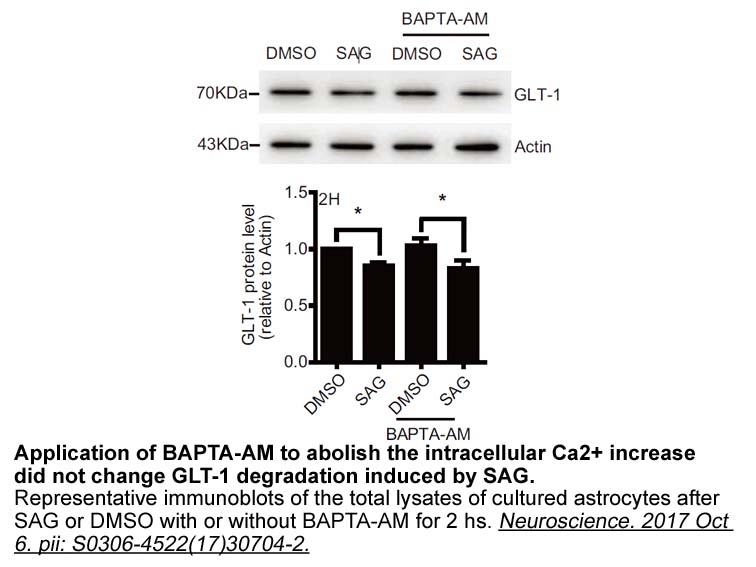
AMP-activated protein kinase (AMPK) is a key cellular energy sensor that maintains energy homeostasis at the cellular and whole-organism level (Hardie et al., 2012). Functionally, the AMPK pathway sustains adenosine triphosphate (ATP) production through activation of fatty Afatinib dimaleate oxidat
-
Histochemical analyses using antibody or cDNA probes reveal
2023-10-09
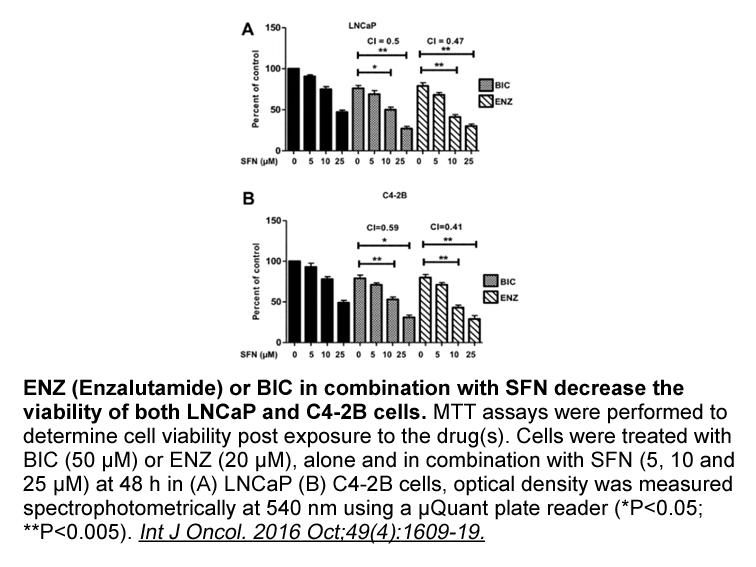
Histochemical analyses using antibody or cDNA probes reveal the precise cellular location of the 12S-lipoxygenases in tissues of interest. An immunohistochemical study in various rat tissues showed specific expression of the leukocyte-type 12S-lipoxygenase in macrophages in lung and spleen [27]. In
-
Balaglitazone br LO synaptic integrity and
2023-10-09

12/15LO, synaptic integrity, and memory Interestingly, several groups have found that 12/15LO directly modulates synaptic function. Normandin and colleagues reported that pharmacological inhibition of 12/15LO modulates rat hippocampal long-term depression (LTD), a process by which neuronal synapt
-
D-Pantothenic acid br Experimental procedure br Introduction
2023-10-08
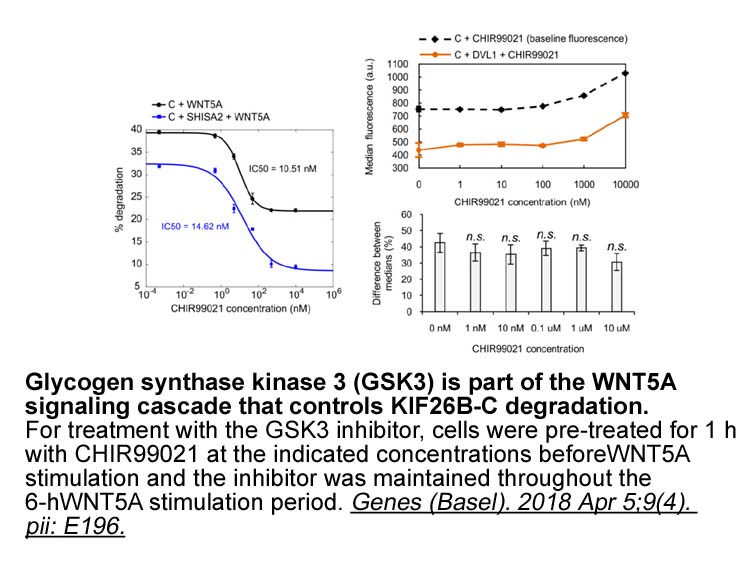
Experimental procedure Introduction Migraine is a debilitating neurovascular disorder characterized by recurring unilateral pulsating headaches of moderate to severe intensity, associated with nausea, photophobia and/or phonophobia, lasting from 4 to 72 h (Headache Classification Committee of
-
br Conclusions Several lines of evidence have
2023-10-08

Conclusions Several lines of evidence have been established, which support the adenosine kinase hypothesis of epileptogenesis, which is based on a sequence of events leading from acute p38 inhibitors injury to initial downregulation of ADK, rise in extracellular adenosine, changes in astrocytic
-
In pioneering work from Ikeda and colleagues
2023-10-08
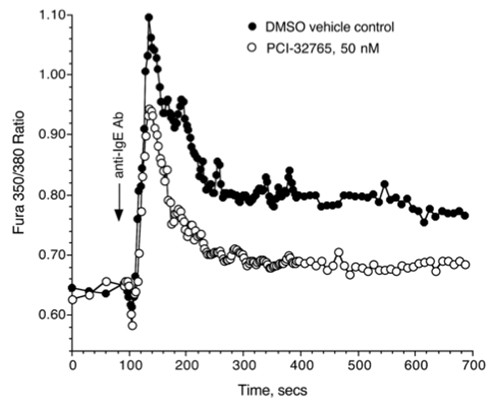
In 2006, pioneering work from Ikeda and colleagues showed that GMF localizes to and regulates the neuraminidase inhibitors cytoskeleton (see Glossary), and noted its sequence similarity to ADF/cofilin[11]. In 2009, the structure of GMF [6] was solved, revealing it to be a bona fide member of the act
-
igf 1 antagonist Patients with AAG often respond to intraven
2023-10-08
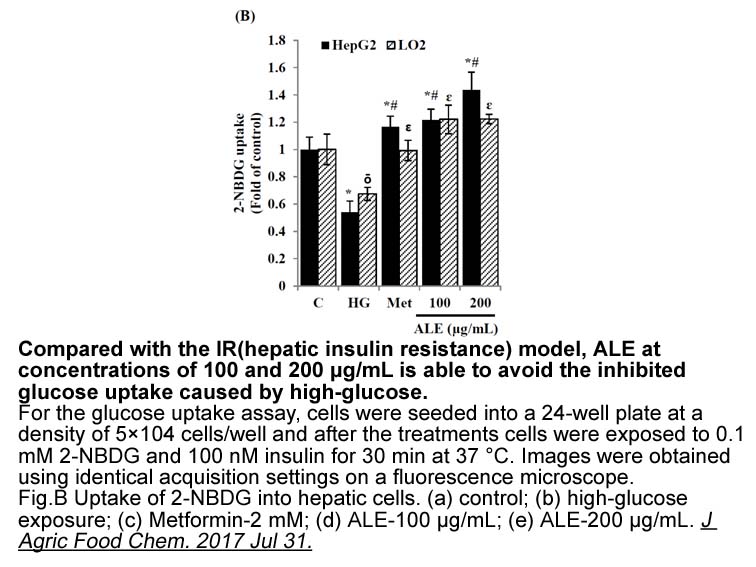
Patients with AAG often respond to intravenous immunoglobulin or plasma exchange. If these therapies are inadequate, ongoing immune suppression with steroids, azathioprine, mycophenylate or rituximab have been shown to be effective in case reports. Our patient seemed initially resistant to steroid t
-
br Acknowledgments br Introduction Hypospadias is a common c
2023-10-08

Acknowledgments Introduction Hypospadias is a common congenital malformation in males, in which the urethral orifice is found on the ventral side of the penis as a result of incomplete fusion of urethral folds. The mean prevalence in per 10,000 live births from 1910 to 2013 were: Europe 19.9,
-
LPA binds to six specific cell surface GPCR
2023-10-08
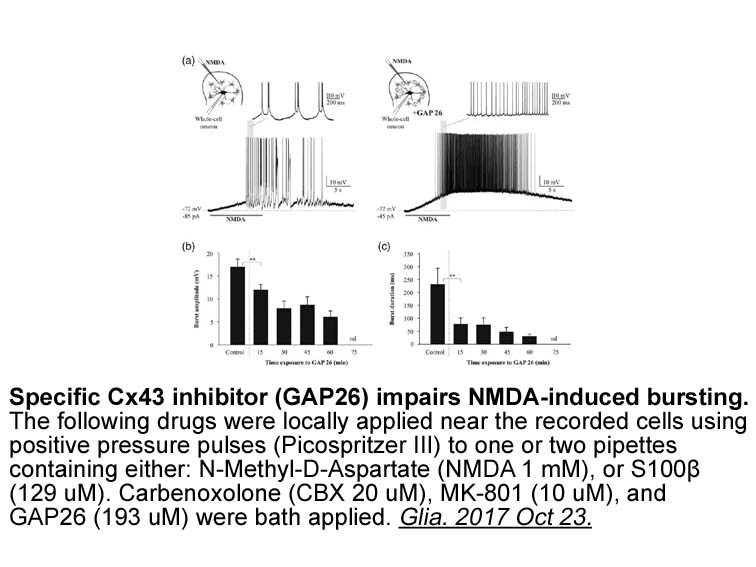
LPA binds to six specific cell surface GPCR receptors. The receptors LPA1 (lysophosphatidic receptor 1, formerly, Edg2), LPA2 (Edg4) and LPA3 (Edg7) belong to the endothelial differentiation gene family (EDG) and share sequence homology (50–60% amino Amiloride HCl dihydrate homology) An et al., 1997
-
Pyrimidine is the important pharmacology core in many
2023-10-08

Pyrimidine is the important pharmacology core in many Aurora inhibitors, such as VX-680, ENMD-2076, CYC-116 and ENMD-2076 [12]. To identify additional effective Aurora inhibitors, we designed a series of 2,4-diaminopyrimidine compounds, our modeling studies suggested that the pitavastatin core as w
-
The distribution and subcellular localization
2023-10-08

The distribution and subcellular localization differs between the subtypes of mGlu receptors. Most mGlu receptors are broadly expressed in the brain, except for mGlu6, which is restricted to the retina. Some mGlu receptors are additionally found in glial cells, such as mGlu3 and mGlu5 (Aronica et al
15215 records 271/1015 page Previous Next First page 上5页 271272273274275 下5页 Last page